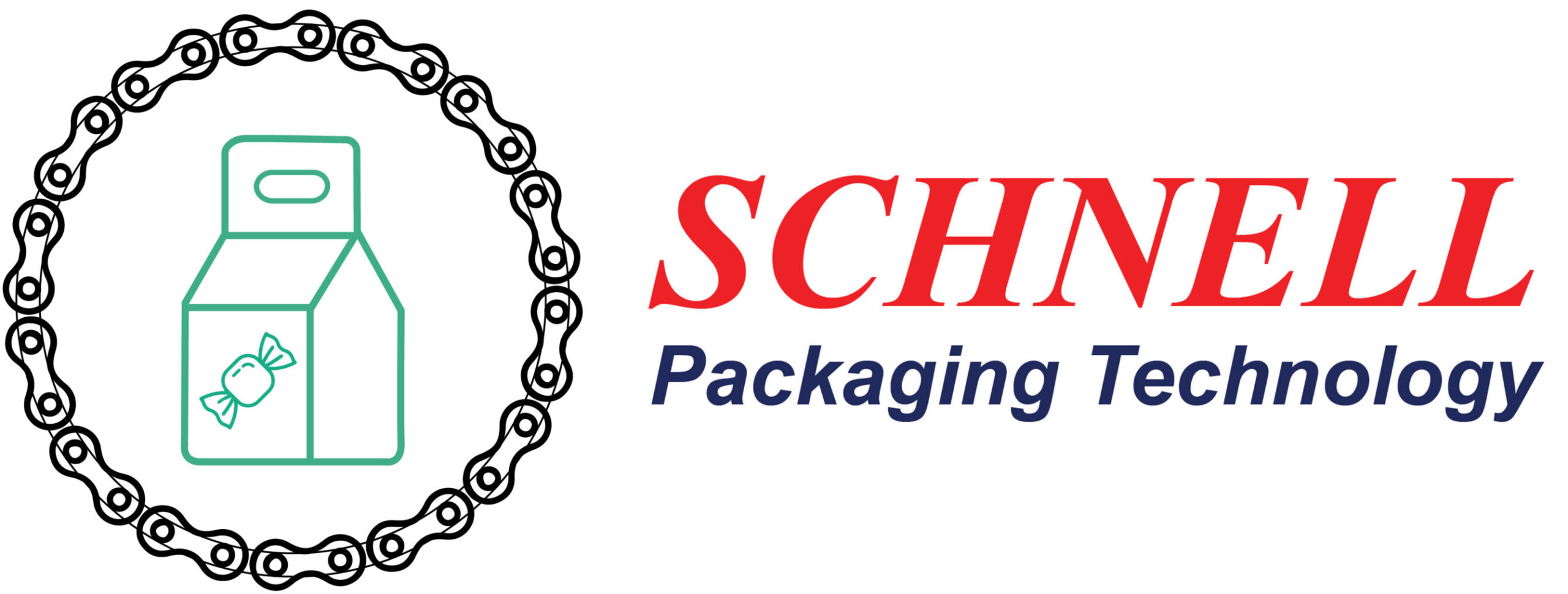Benefits of Smart Packaging for Indian Manufacturers
Enhanced customer experience: Enhances customer experience: Smart packaging enables Indian manufacturers to provide customers with high-quality products that are easy to use and that come with useful features, such as interactive labels, QR codes, and digital tracking. This enhances the customer experience by providing them with more information about the product and a better overall experience with the product.
Increases efficiency and reduces costs: Smart packaging allows manufacturers to track their products in real-time, from production to delivery, using sensors and other IoT (Internet of Things) devices. This enables them to monitor temperature, humidity, and location, ensuring product delivery in optimal conditions. This reduces the risk of spoilage or damage. This can lead to significant cost savings for manufacturers.
Helps in counterfeit prevention: Smart packaging includes features such as barcodes, RFID tags, and holograms which provide unique identifiers that enable manufacturers to track products throughout their entire supply chain. Ultimately, this protects the reputation of the manufacturer by preventing counterfeit products from entering the market.
Enables sustainability and eco-friendliness: Smart packaging solutions can help Indian manufacturers reduce their carbon footprint by using recycled materials in their packaging. This not only reduces waste but also boosts the company’s sustainability efforts.

By embracing smart packaging, Indian manufacturers can differentiate their products, improve their brand image, and gain a competitive edge in the marketplace.
How technology has been a game changer for candy and confectionery segment across India
There is a lot of scope for the confectionary sector in India and with new technology being introduced, it is expected to take it’s revenue generation to new heights.
Customer expectations are changing at a rapid rate, with personalization and customisation being in demand. To keep up with the same, technology has been playing a key role in the industry. Starting from your manufacturing equipment to keeping a check at the customer requirements or predicting what he/she might need in the future.

With increase in demand, majority of manufacturers are opting for automatic machines to ease out the entire process, resulting in an increase in the speed of production, safety and cost effectiveness. Producing and manufacturing candies is quite hard and especially when there are a number of customisations requirements raised by the customer.
Apart from the technology used to manufacture the candies, the retail segment is also relying heavily on it for marketing, especially after the pandemic. Digital marketing has become prevalent, using a combination of Search Engine Optimisation, Search Engine Marketing, Instagram and Facebook adverts, content marketing, email/ WhatsApp marketing and a lot more. With such assistance, the retailers have got huge amount of data which can be converted in actionable insights for better decision making.

